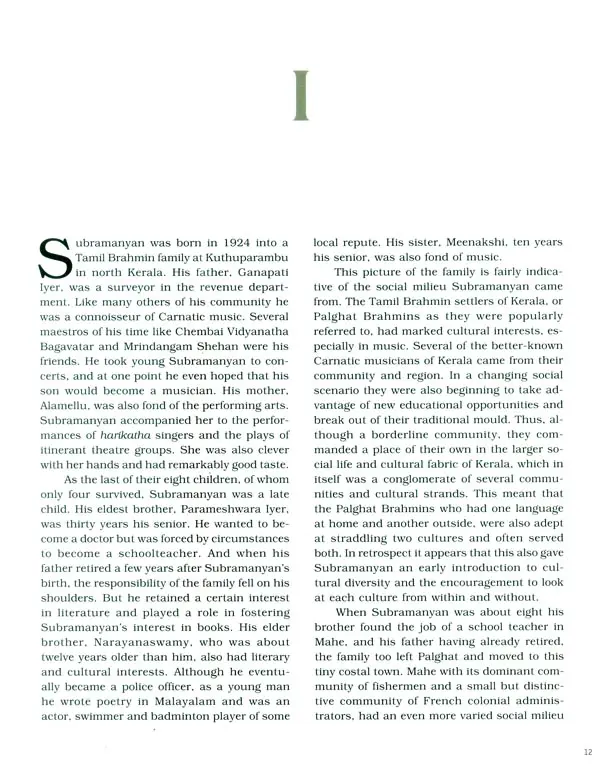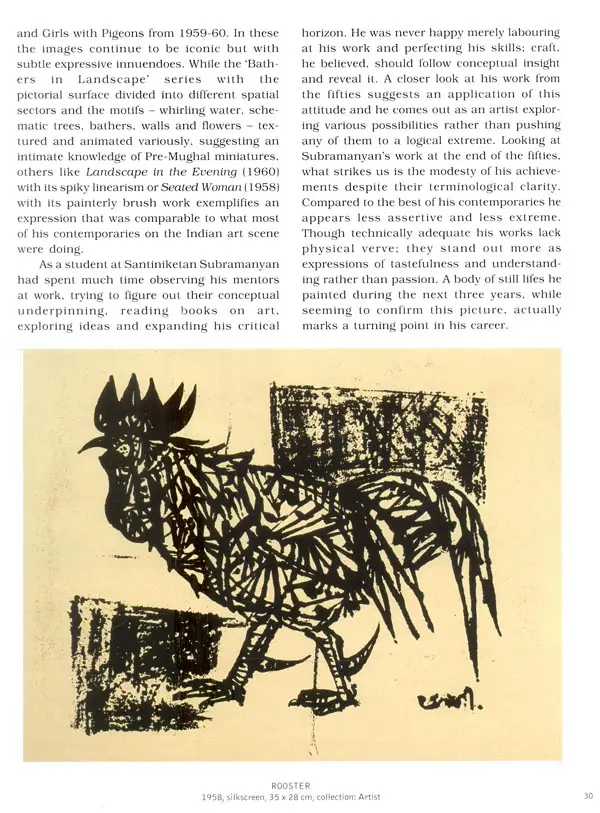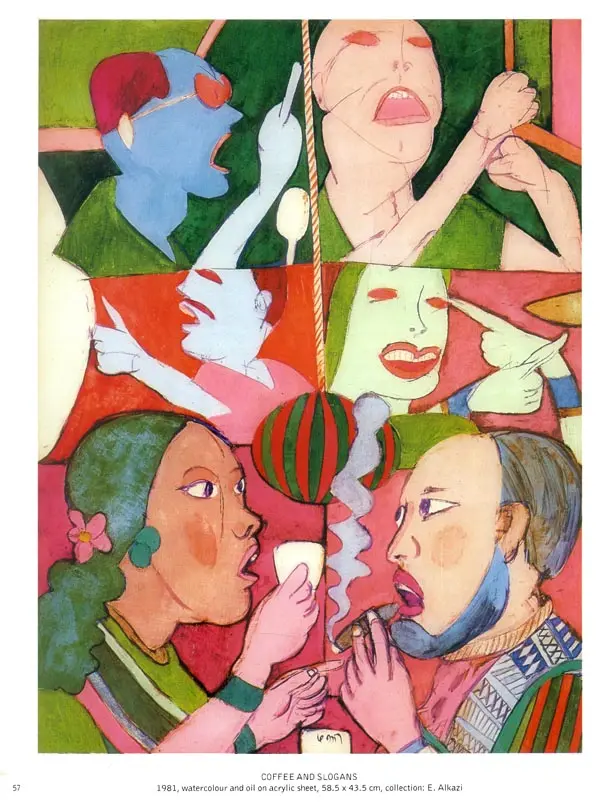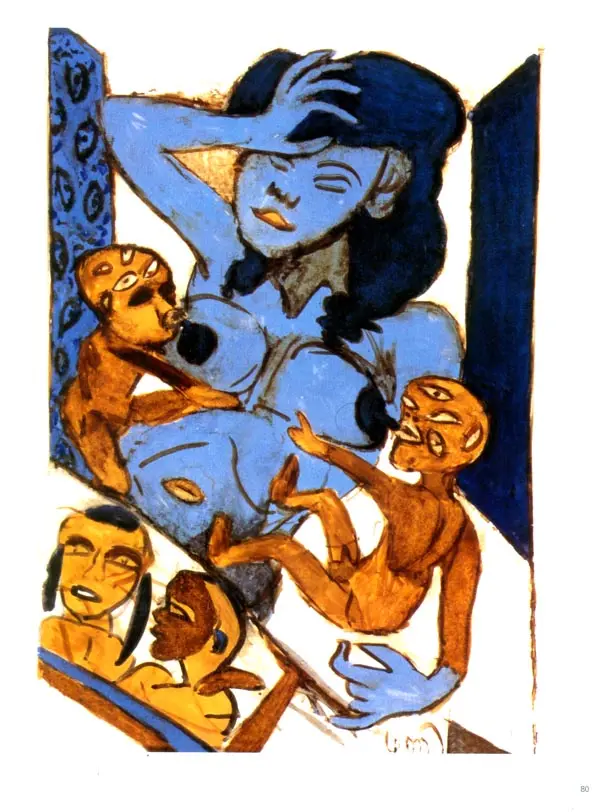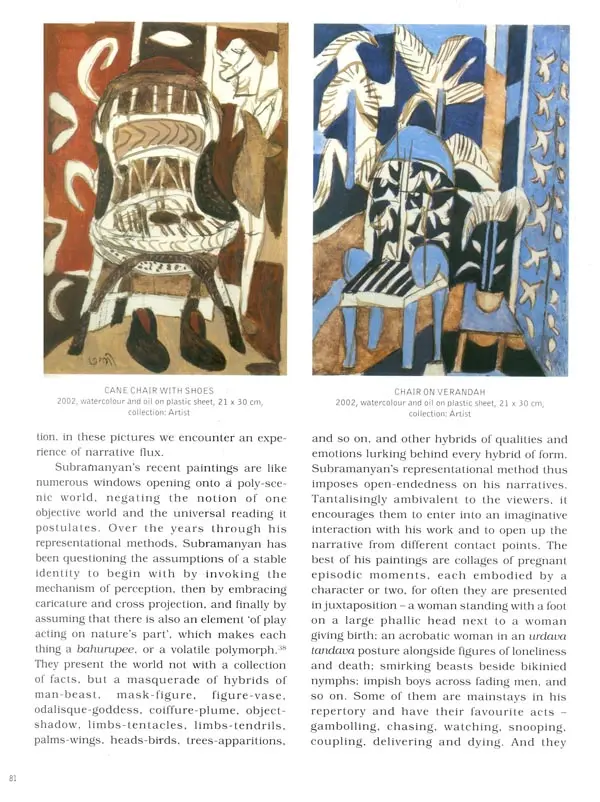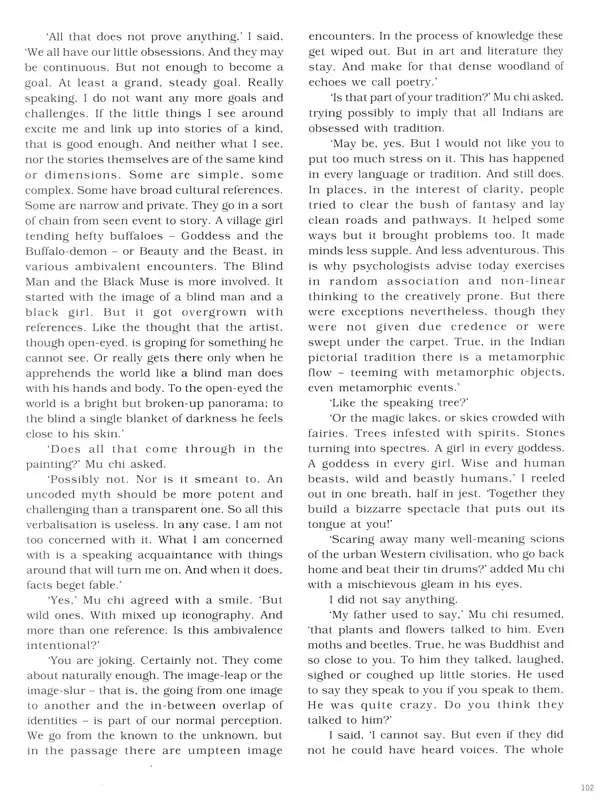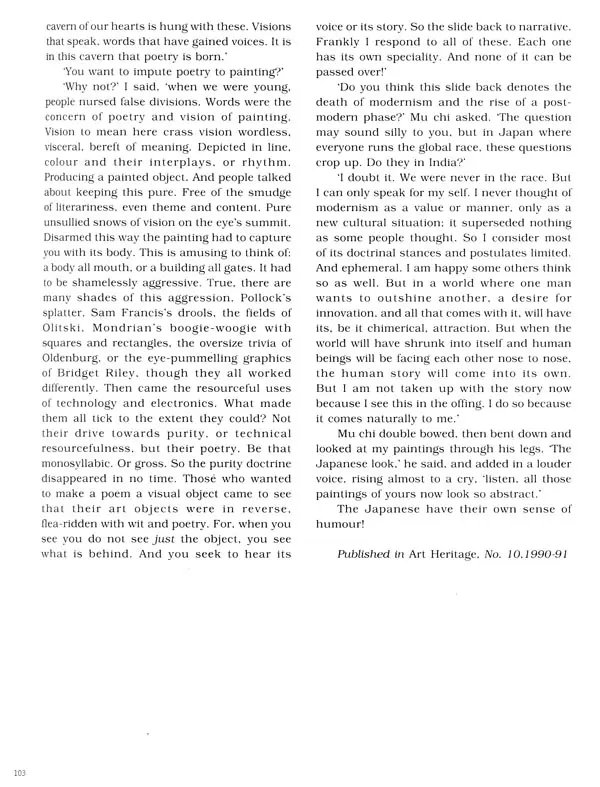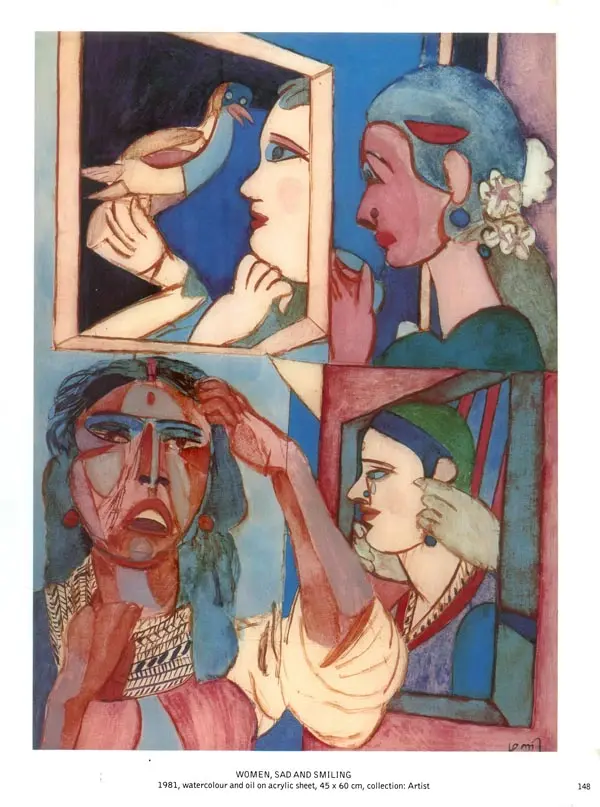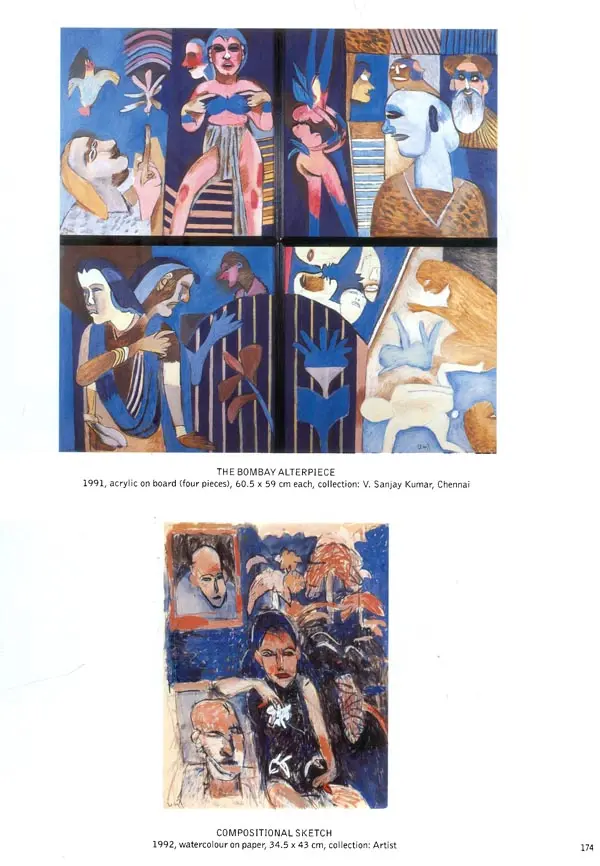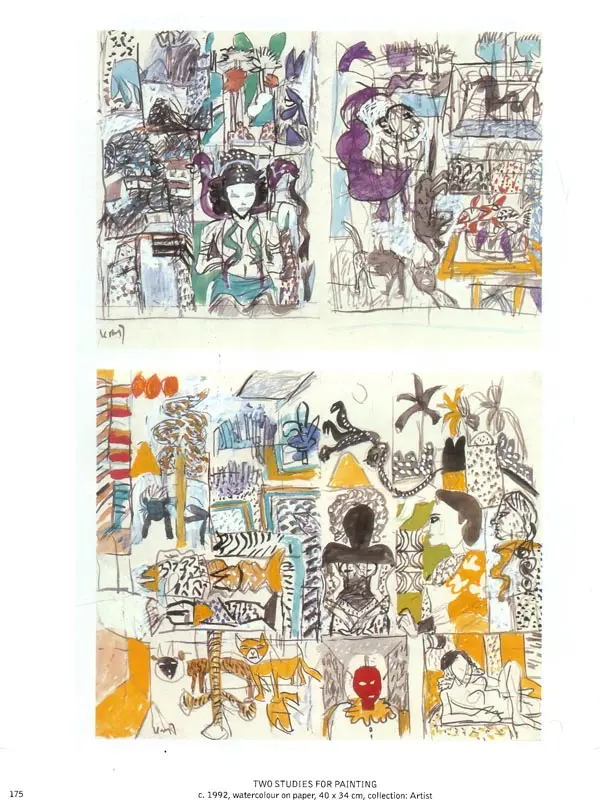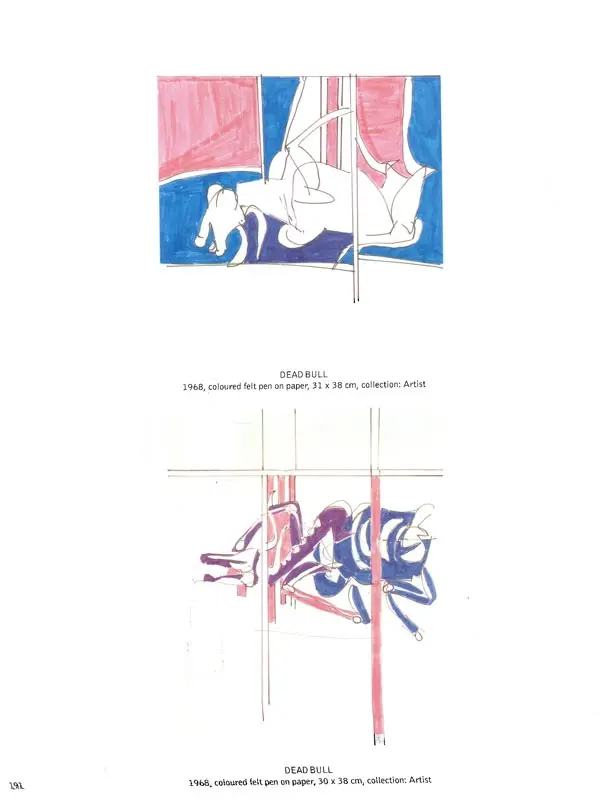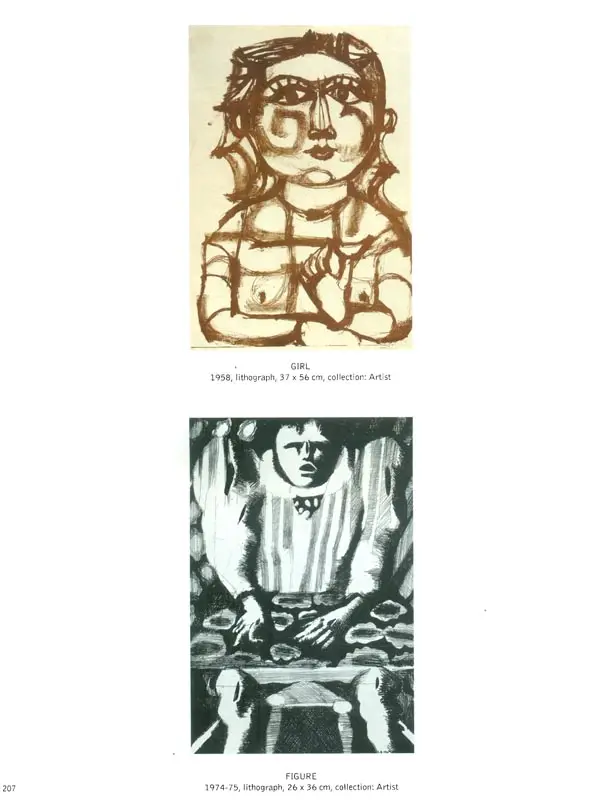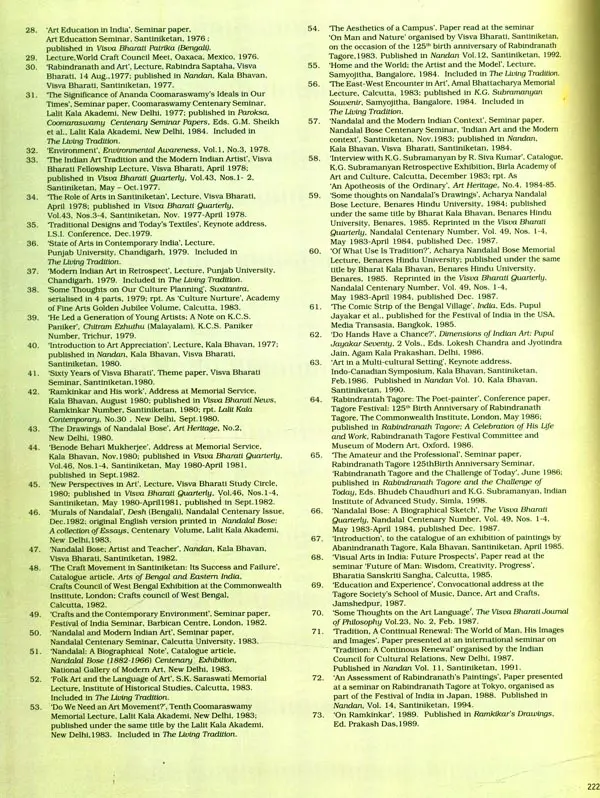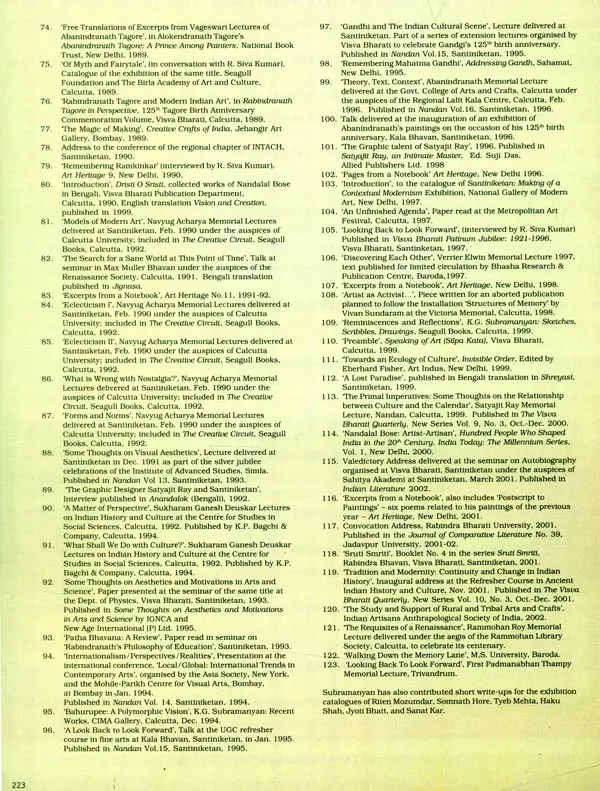
K.G. Subramanyan- A Retrospective
Book Specification
| Item Code: | UAH413 |
| Author: | R. Siva Kumar |
| Publisher: | National Gallery of Modern Art |
| Language: | English |
| Edition: | 2003 |
| ISBN: | 9788187902133 |
| Pages: | 228 (Throughout B/w and Color Illustrations) |
| Cover: | HARDCOVER |
| Other Details | 11.00 X 9.00 inch |
| Weight | 1.42 kg |
Book Description
The Exhibition K.G. Subramanian-A Retrospective with more than 350 works brings together the works of the artist from every period and in all the different genres and mediums. His paintings, terracotta reliefs, reverse paintings on glass and acrylic, linocuts , lithographs, etching, silk-screens, drawings, studies, children's books, toys and saras - paintings on terracotta platters - and photographs of his murals are all included in this exhibition. The selection reveals the full extent and depth of his achievements over the years. K.G. Subramanian has explored all possible forms of expression and constantly reinventing his pictorial language remaining deeply attached to the pictorial traditions of our country as well as reinventing new contemporary pictorial strategies.
I am sure that this exhibition will provide a deep insight into the various realms and personality of this gifted artist and be a visual feast to one and all.
Subramanian, who among his contemporaries and peers is noted for his familiarity and facility with diverse media such as iron sheets, watercolor, gouache, oil, acrylic, relief murals on panels, fabrics and terracotta, has captivated and inspired the methodology and work of many younger artists. These qualities were initially nurtured by the artist's study of the works of Ananda Coomaraswamy who advocated cultural resurgence that would take the best of the country's heritage and from there, move forward. This larger cultural perspective also links his work to contemporary life and reality. The inner, sometimes decorative facets that joyfully emerge from the strange interplay of passion and ordering can be regarded as a celebration of life in all its forms.
His work suggests many insightful links with the European context of modernism. But to that art-historical awareness of Western modernism, Subramanian has also added an awareness of the varied legacies of Indian tradition and the complexities of the Indian present; and further enriched it through his understanding of other performing arts. The effect of this on his rendition of forms, whether human or natural, has been extremely enriching and comes to the fore beginning with a series of still life’s from the 1960s, mostly of studio tables heaped with bottles, bowls, mugs, paint tubes and other objects associated with the painter's table. There is no dilemma in his art but an enduring resonance of the past and its many effects on the legacies we carry into the future. For philosophers and artists, the twentieth century marks exhilarating times, of which a passion for destruction and a desire for immortality are indissoluble components. To be caught between worlds, is according to this, our predicament. In Subramanian’s works this culminates in the starkly macabre and majestically sensual figures of the terracotta reliefs that, perhaps unintentionally, articulate the enlarging differences between society and sociability, desire and perception. This is the inner core of the exhibition, a moment that locates his work in the mid-twentieth century.
The various 'tropes' of Subramanian’s painting and the progressions from one frame, episode or genre to another are on display here. The large loan that Subramanian himself made to this exhibition has made this possible more than anything else and I am thankful to him. I also personally thank Prof. R. Siva Kumar for his painstaking efforts in crating the show and writing the text of the catalogue, and Shri Dipak Bhattacharya and Shri Amit Danda for ably assisting him with the display; the collectors for having agreed to loan their works; Prof. Jyoti Bhatt, Prof. Gulam Sheikh, Prof. Laxma Goud, Prof. P.D. Dhumal and Mr Naveen Kishore for advising and helping in the organization of the show; and Mrs Veena Baswani and her colleagues at Brijbasi Press for bringing out this catalogue. Last but not the least I thank the former Joint Secretary, Ministry of Culture, Shri K.N. Shrivastava and the present Joint Secretary, Dr C.T. Misra; and Mr Sanjiv Mittal, Director (Museums) for all the support that they have rendered. I congratulate the staff of the National Gallery for their efforts and keenly welcome our viewers to enjoy one of India's germane modernists.
Book's Contents and Sample Pages

